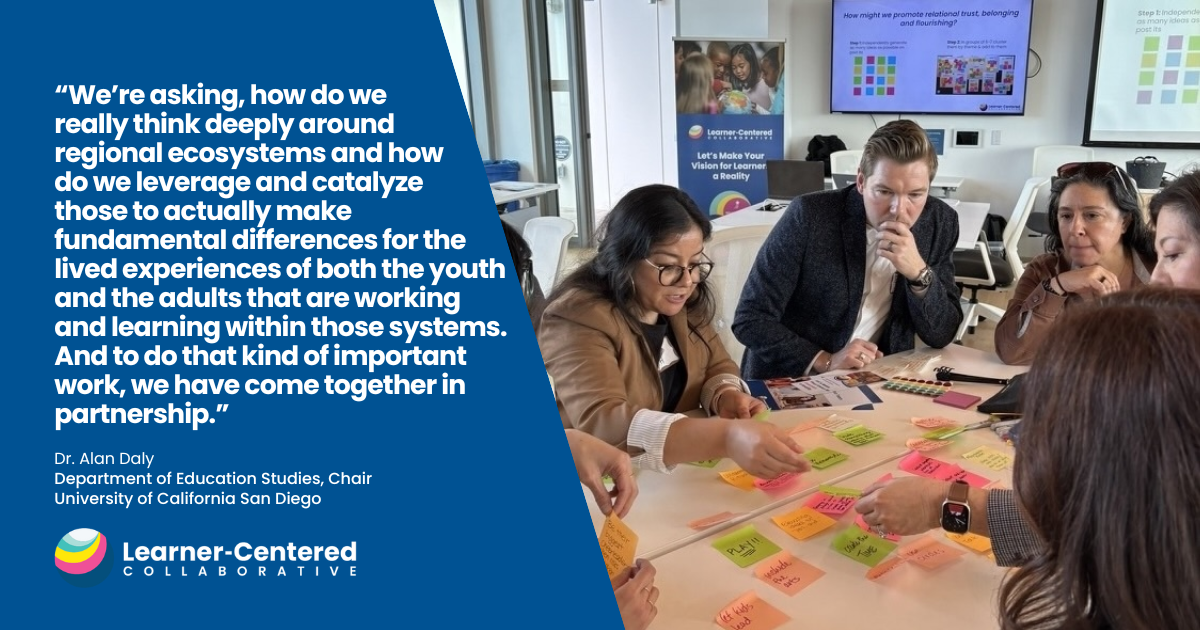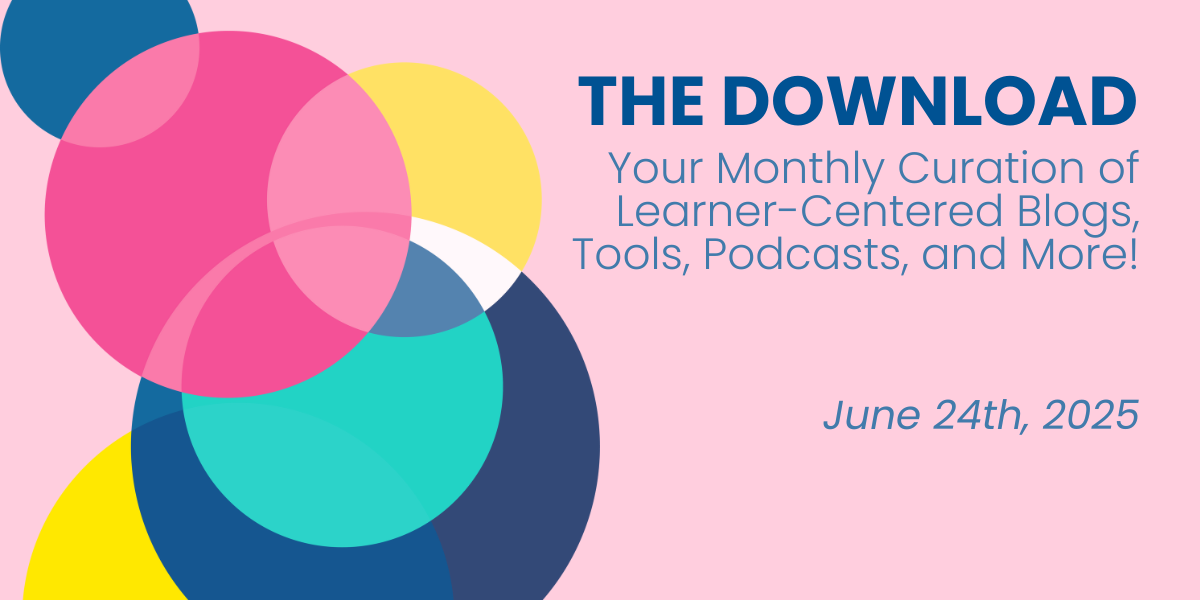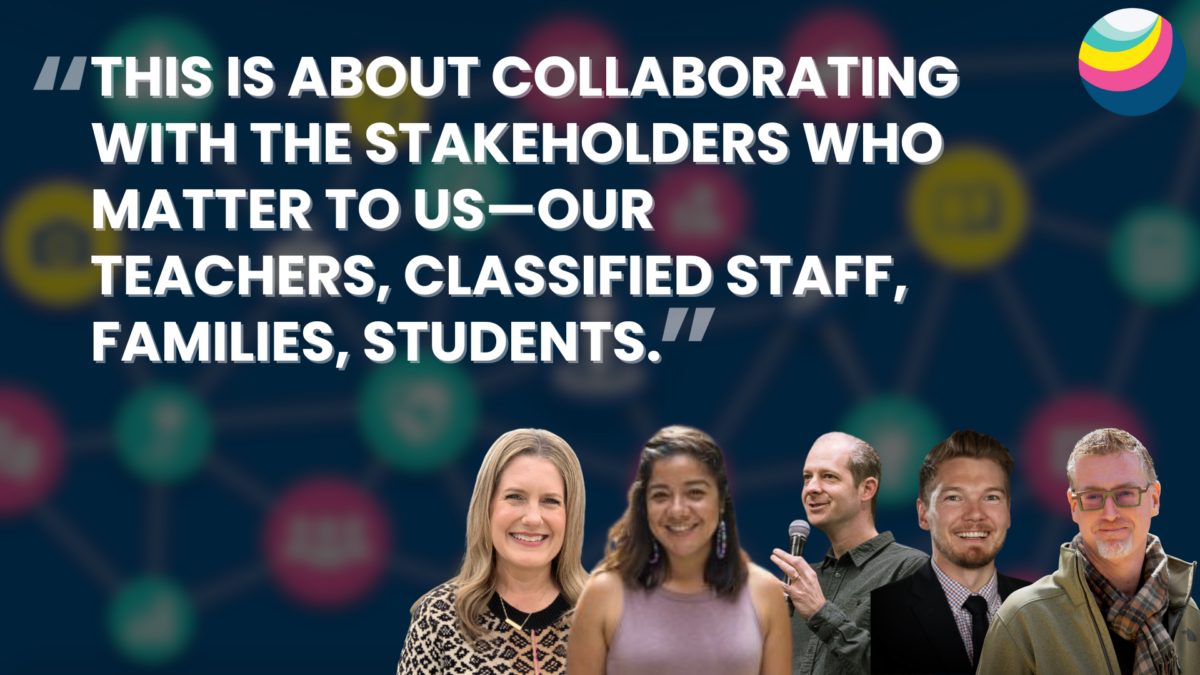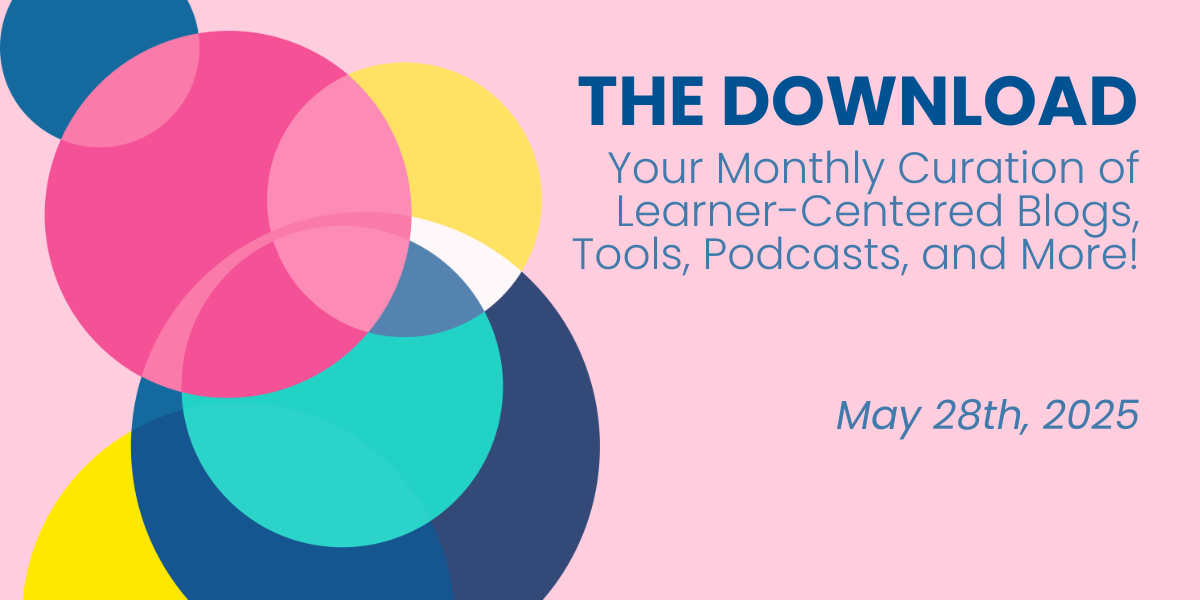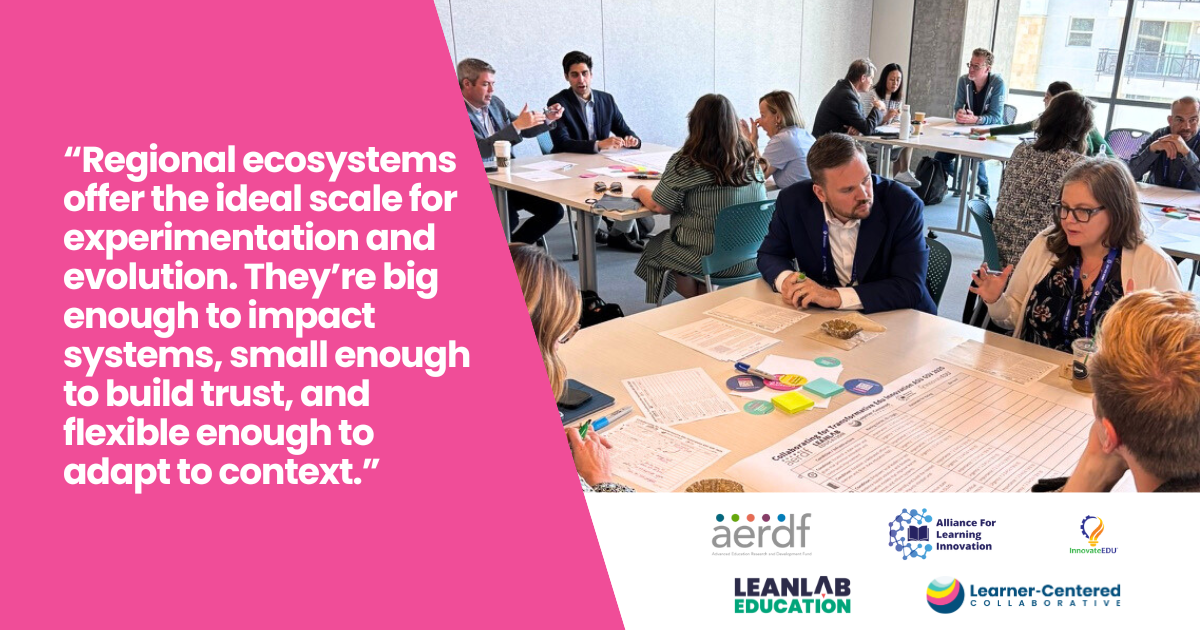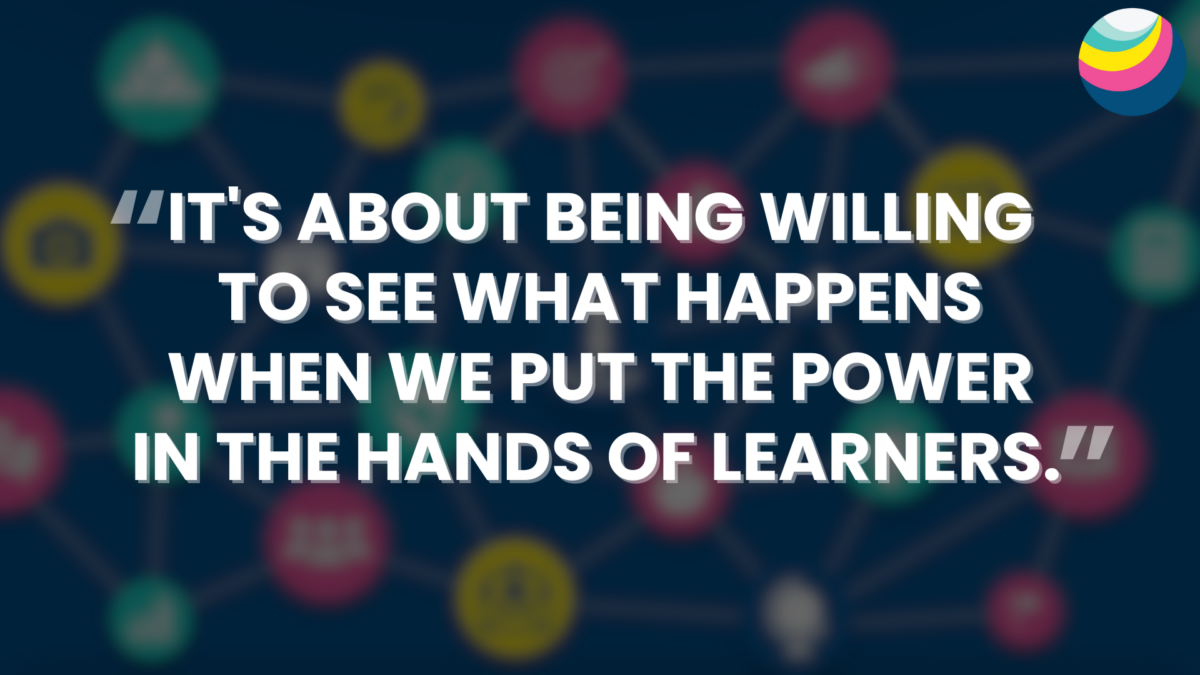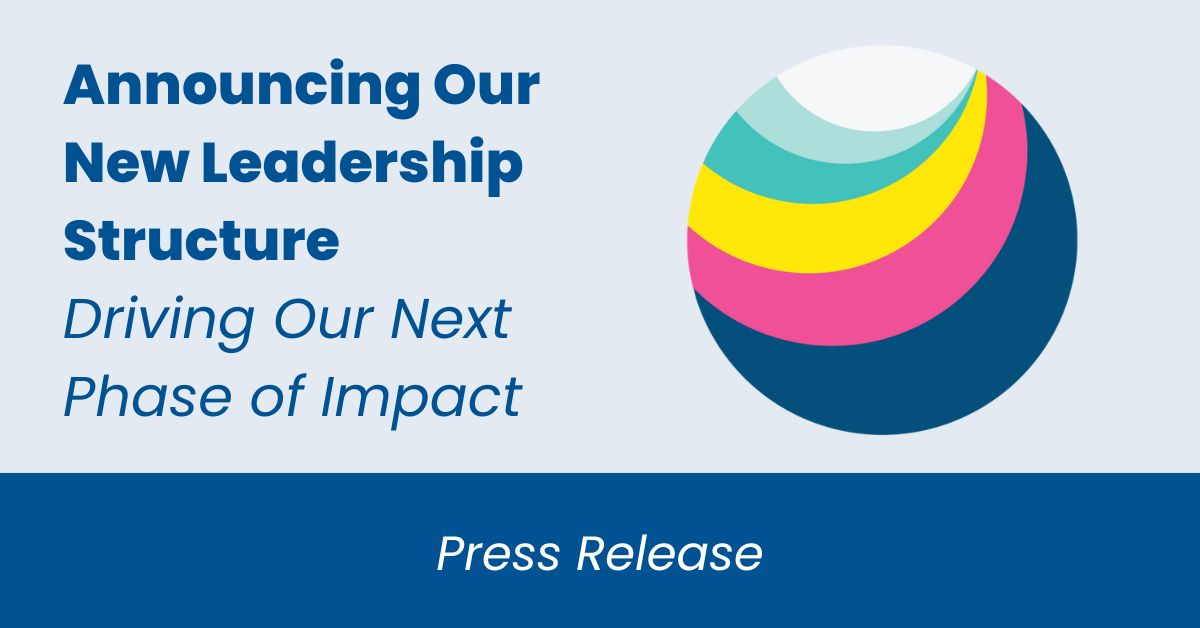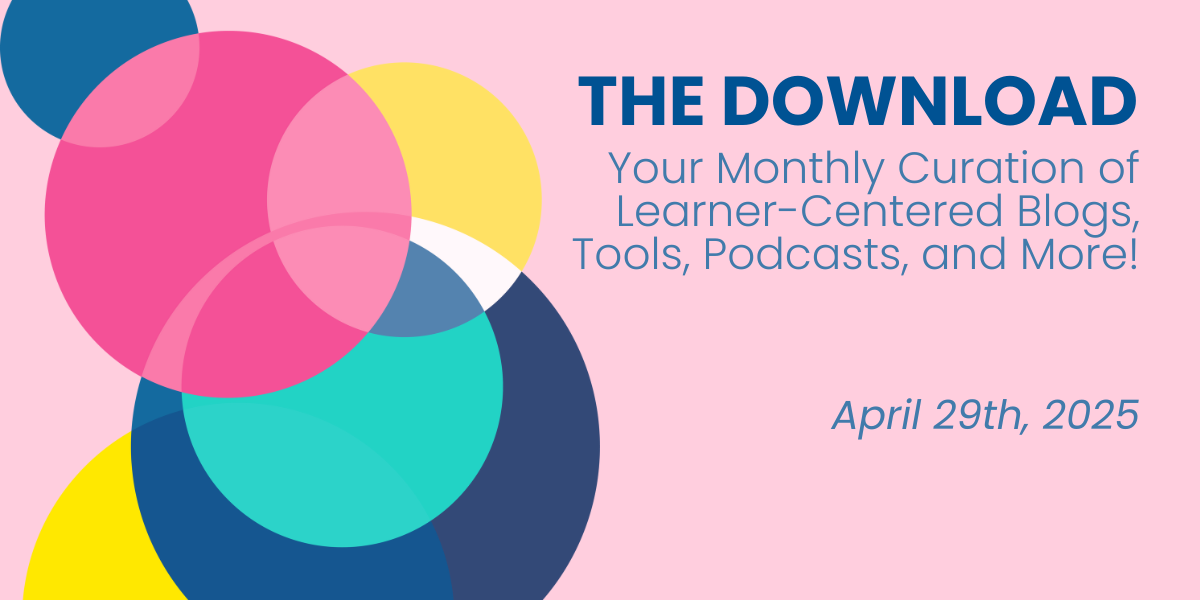Big Moves
Mixed-Age Cohorts
Overview Creating mixed-age cohorts allows students to learn from each other in unique ways while also building a range of interpersonal skills. These experiences enable younger students to learn from older students, give older students valuable leadership opportunities, and serve as community-building experiences across grade levels. Often, the makeup of these groups carries over…
Big Moves
Career Pathway Programs
Overview: Career pathway programs in K–12 education create opportunities for learners to explore, experience, and prepare for their futures. These programs connect academic knowledge to the tools, skills, and opportunities needed to succeed in today’s workplaces. As learners move through a progression—from early career awareness and exploration to hands-on experiences like internships and apprenticeships—they…
Big Moves
Coaching and Mentoring Programs
Overview: Transforming schools into learner-centered environments begins with investing in the people closest to students– teachers. Coaching and mentoring are not just supports– they are catalysts for lasting change. When educators are supported to reflect, take risks and grow in community with one another, they develop the confidence and skill to design experiences where…
Big Moves
Reframe Discipline
School-Centered discipline systems often prioritize control and compliance over connection and development. In learner-centered environments, we see every behavior as an opportunity for deeper learning– about self, others and community. Discipline isn’t about punishment, it’s about repairing harm, restoring relationships and building the skills learners need to thrive both inside and outside of school.…
Big Moves
Communication Plan
Overview: Finding ways to communicate the Framework for the Future (or Portrait of a Learner and Strategic Plan) after the initial launch is crucial for ongoing success. This includes ongoing transparent communication, storytelling that highlights the bright spots and feedback loops that center the voices of learners and continue to build relational trust amongst…
Blog
Building Brighter Futures Together: Insights from the SoCal LiNK Regional Partnership
A fresh model of collaboration is emerging in Southern California; one that unites K–12 education, higher education institutions, and local communities with a shared focus on supporting the whole learner. SoCal LiNK, Southern California Learning in Networked Knowledge, is a research-practice partnership between the Department of Education Studies at UC San Diego, Learner-Centered Collaborative…
BlogWebinars
Webinar Recording: Bridging Systems to Transform Student Learning: Lessons From SoCal LiNK
In this webinar, five education leaders share lessons from their experience with SoCal LiNK, a Southern California regional network focused on advancing learner-centered education through collaboration, research, and community building. The webinar panel includes representatives from K–12 schools, higher education, and learner-centered organizations, specifically: Devin Vodicka (LCC Co-CEO), Dr. Alan J. Daly and David…
Blog
Can Regional Innovation Hubs Create a More Promising Future for K-12 Education?
Written in collaboration with leaders from AERDF, ALI, InnovateEDU, Leanlab Education, and Learner-Centered Collaborative Throughout history, moments have invited us to rethink how learning happens, who it serves, and what it could become. And yet, many of these opportunities have come and gone without the lasting change they promised. The COVID-19 pandemic is one…
BlogWebinars
Webinar Recording: Learner-Centered Bright Spots: Making Learning Public and Closing the Year Strong
In this webinar, three members of the Learner-Centered Collaborative team—Katie Martin, Kate Weisberg, and Danny Scuderi—highlight practical strategies for closing the school year by celebrating learning and cultivating learner-centered mindsets. Drawing from their work in classrooms and systems nationwide, they offer tangible examples of how schools and educators can use reflection, celebration, and community-building…
Press
Learner-Centered Collaborative Announces Co-CEO Leadership Structure
FOR IMMEDIATE RELEASE MAY 1, 2025 Contact: Devin Vodicka, Co-CEO Learner-Centered Collaborative press@learnercentered.org Learner-Centered Collaborative Announces Appointment of Co-CEO Leadership Structure to Drive Next Phase of Impact SAN DIEGO, CA — Learner-Centered Collaborative (LCC), a leading national nonprofit committed to creating learner-centered education ecosystems, today announced the formalization of its Co-CEO leadership structure. Co-founders…
Big Moves
Physical Space Design
Overview Physical spaces, when designed with intention, can enable the Learning Model to be fully embraced by a school, shaping the learning environment to align with the Portrait of a Learner. The guiding principle is that form drives function and that both influence and reflect a school’s culture. Thoughtful care for physical space demonstrates…
Big Moves
Professional Learning Plan
Overview A truly learner-centered school models the same principles for all learners, including educators. Developing a professional learning calendar and plan aligned with the Learning Model ensures that educators experience the agency, collaboration and authentic application they are fostering in their classrooms. By incorporating educator voice, practice-based professional learning and ongoing cycles of reflection,…
Big Moves
AI Principles
Overview AI tools are increasingly accessible to learners and are more ubiquitous in the world and workforce outside of schools. In order to meet learners where they are and to best prepare them for a future that is already integrating AI into the workforce, it is important to establish thoughtful guidelines to ensure that…
Big Moves
Capstone Projects
Overview A capstone project is a culminating project, usually done in a learner’s final year at a school or in a program, that allows them to apply the knowledge and skills they’ve gained throughout a course, program, or educational experience. Typically, it is comprehensive, often interdisciplinary, and requires learners to engage in critical thinking,…
Big Moves
Master Schedule Redesign
Overview School-centered schedules often focus on compliance and efficiency over learning. Students move through the instructional day, most often dictated by bells, learning content in isolation. In a learner-centered system, time is prioritized to ensure that a school day provides opportunities for learners to engage deeply in meaningful work that supports their progress toward…
